Alrighty then, so, you’ve had a bit of a look at SQL Server 2012, you may even have taken one or two of their superb MOC courses, and you’re probably asking yourself, quite reasonably, “what does Microsoft have in store for us with the next version of SQL Server?”
I could, and do, tell you that all of those really great features you’ve come to know and love in previous versions are simply getting better. They’re evolving quite nicely, thank you very much. And those new features we saw in SQL Server 2012? Well they’re just getting better too… of course they are.
Remember the columnstore index? In 2012, the problem is that it makes your table static. You need to drop and recreate the index to add more rows to your table (or you could do some fancy trickery with partition switching). Gone! Yep, it’s been fixed in SQL Server 2014, so it behaves just like any other index. You don’t have to drop it and recreate it every time you add some more data. Cool!
What about Data Quality Services? If you’ve sat on any of my 10777 courses, you’ll know that I haven’t been terribly complementary about the retro ‘80’s styling of the DQS client. Well, Microsoft have had some more time to work on the UX and it looks fan-mazing now.
But let’s stop mucking around and get to the heart of what’s going to be really great about SQL Server 2014… HEKATON!!!
Right, first of all Hekaton comes from the Greek meaning a hundred. That is Microsoft’s way of letting us know that they have set a target of 100x improvement in performance. Have they achieved that? Well, for new optimised applications you can expect an improvement of 50x, that’s 50 TIMES, not 50%!!! FANTASTIC!!! How is it achieved? Well, simply put, your most often used tables will be stored in application memory storage. Why? Simple, RAM is WAY cheaper than it ever has been and now is the time to capitalise on that. There are also other advantages to do with latching and locking that simply add to those stellar performance figures.
It kind of sounds familiar, doesn’t it? Well, yes! You’re probably quite used to, and impressed, by the xVelocity engine that Microsoft use in their Tabular Data Models, either through Excel or as an Analysis Services project. This is pretty much the same technology used in Hekaton. BUT!!! Microsoft have built it into the database engine… it’s not some sludgy add-on. It’s built in so it’ll perform much better than some add-on or framework that other vendors supply. And guess how much you’ll pay for this additional feature? Yep, nothing, that’s right. Like any features in Microsoft SQL Server, it comes with your server, no extras to pay after the fact… unlike another vendor we could, but won’t, name.
I’m a big fan already. Here are a couple of nice links to get you started on your adventure with In-Memory OLTP (Hekaton):







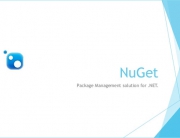





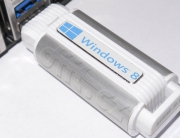














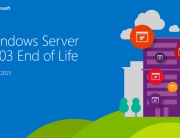











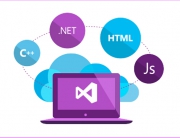









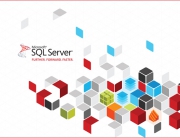









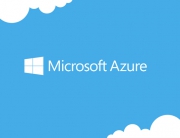




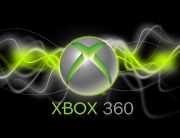







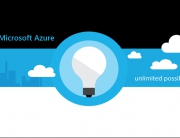



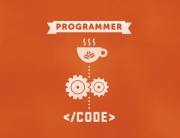
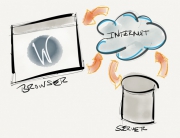

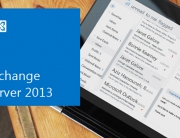
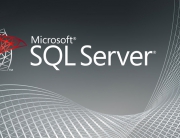








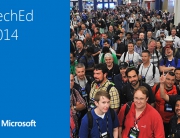


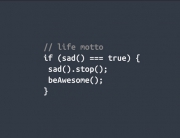


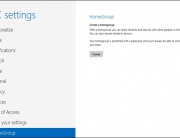
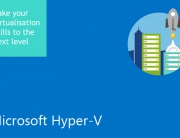






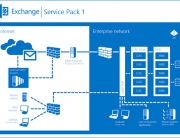



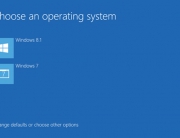

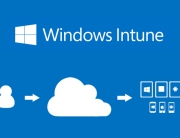

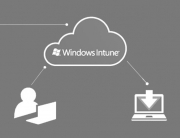


























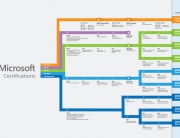









[…] A great article about the new features of SQL Server 2014 from the perspective of an experienced IT trainer at New Horizons. […]
[…] Data that resides in memory is faster than data on a disk. Duh! Its efficiency is improved further because you don’t need indexes, partitions, file groups and other things to try and optimise on-disk data stores. Check out my previous blog on Hekaton. […]
[…] you remember my blog about ‘Hekaton‘? You don’t? Well, you can click here to have a look. What I want to do now, though, is update you on […]